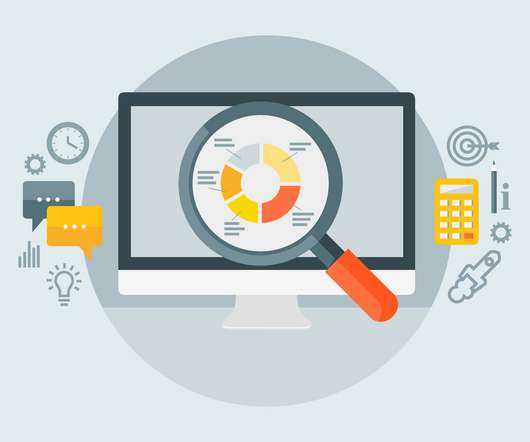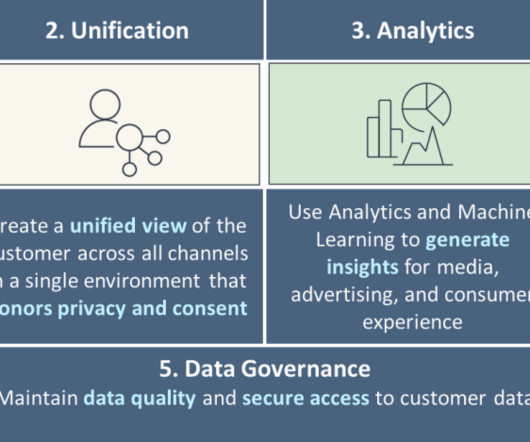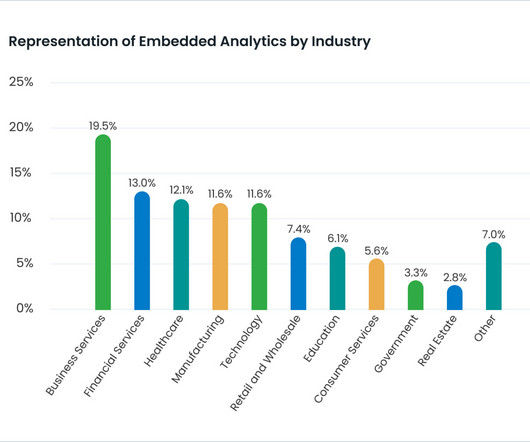5 Sources of Data for Customer Analytics and Their Benefits
Smart Data Collective
MARCH 11, 2022
There is no disputing that data analytics is a huge gamechanger for companies all over the world. Global businesses are projected to spend over $684 billion on big data by 2030. There are many ways that companies are using big data to boost their profitability. Do you know what motivates your customers?




















Let's personalize your content